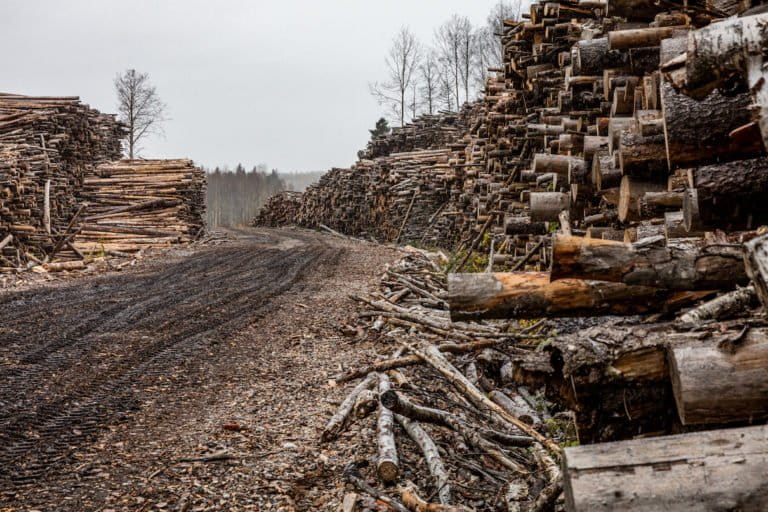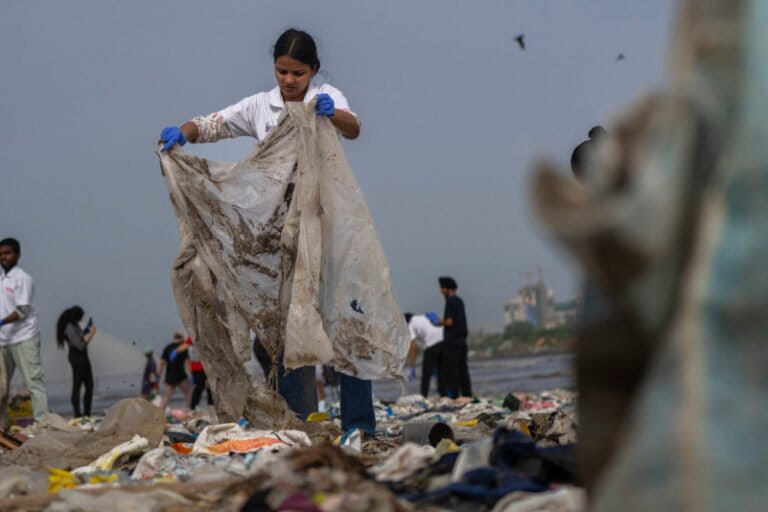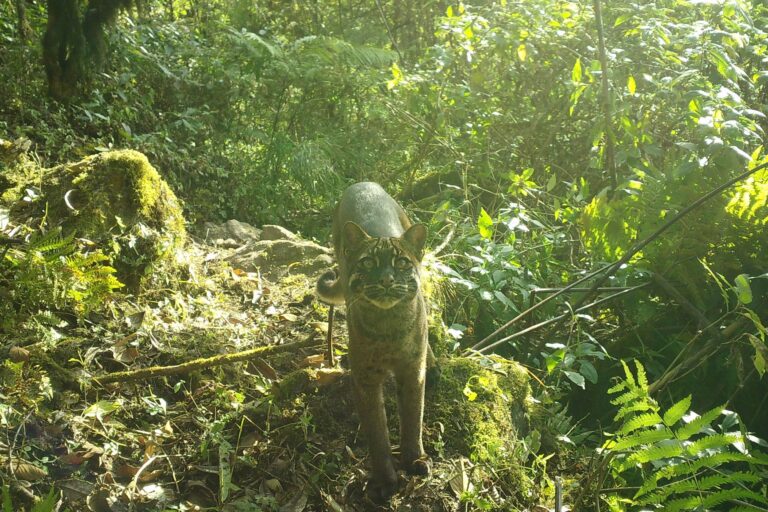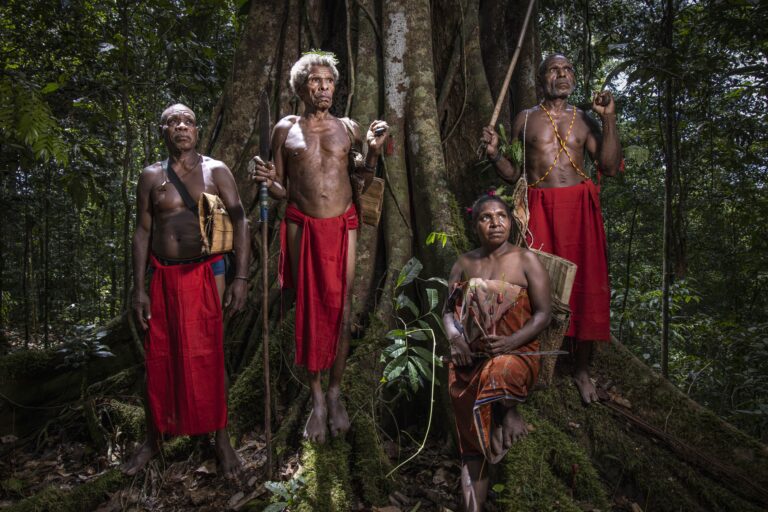- Conservation is facing a convergence of crises: accelerating ecological decline, weakened institutions, disinformation-fueled information breakdowns, and mounting threats to frontline defenders. These pressures interact, compounding the difficulty of protecting nature and people.
- To endure, the sector must adapt its financing and design models to what governments can sustain, treat information as infrastructure, and build unconventional coalitions that align conservation with livelihoods, public health, and local leadership.
- Resilience also depends on protecting the people doing the work and adopting “optimism as a method” — disciplined, evidence-based approaches that link effort to tangible outcomes, tell small stories of progress, and resist fatalism.
- The views expressed are those of the authors, not necessarily Mongabay.
An invitation
The conservation field is facing a radical new reality: accelerating ecological decline, shrinking civic space, and shifting political and financial landscapes.
At Mongabay, we believe this moment demands not only reporting, but reflection. We are inviting voices from across the sector to contribute commentaries that ask hard questions and explore how crisis can also be opportunity.
If you work in conservation, what lessons, pivots, or strategies do you see emerging? Where is adaptation already happening—and what should come next?
We welcome your reflections as part of a broader discourse on how conservation can meet this era with creativity, courage, and clarity.
To submit a commentary for consideration, please see the guidance under Commentaries/editorials on our submissions page.
Call it a crossroads. Ecological decline is accelerating in too many places at once; institutions that once limited the damage are wobbling; the information channels we rely on to coordinate action are clogged. In tropical forests alone, annual primary forest loss has climbed by 50% in the 2020s relative to the 2000s. Fires, drought and fragmentation have amplified each other, turning routine burns into regional infernos and pushing ecosystems toward limits toward limits scientists once thought hypothetical. The numbers are not abstract; they are acreage, species and livelihoods.
Politics has not been neutral. Aid budgets have been cut or frozen; in the United States, the dismantling or suspension of major funding streams left conservation programs scrambling, with knock-on effects across ranger salaries, monitoring and community incentives from the Congo Basin to Indonesia. Meanwhile, some philanthropies have stepped up, yet the gap is real and immediate. This is compounded by a global turn toward authoritarian trends that narrows civic space and weakens environmental governance.
The information ecosystem that should help us course-correct is itself degraded. Conspiracy theories spread faster than corrections. Algorithms reward outrage and novelty over substance. News avoidance is rising, and in post-truth politics, facts alone rarely carry the day. Conservation cannot assume that evidence will be enough to steer policy or markets; we must also think about how information is delivered, trusted and timed.
Frontline defenders are more exposed. In frontier regions where governance is thin and resources valuable, intimidation and violence have grown more common; shrinking space for civil society makes it harder to protect people and places. Within organizations, a quieter crisis persists: high psychological distress, burnout and, too often, tragedy. A sector driven by purpose but operating under chronic insecurity has been slow to build the workplace supports other fields now treat as basic.
Taken together, these pressures constitute a crisis. It is not a single blow but an interaction of forces. The task is to navigate them and emerge stronger.
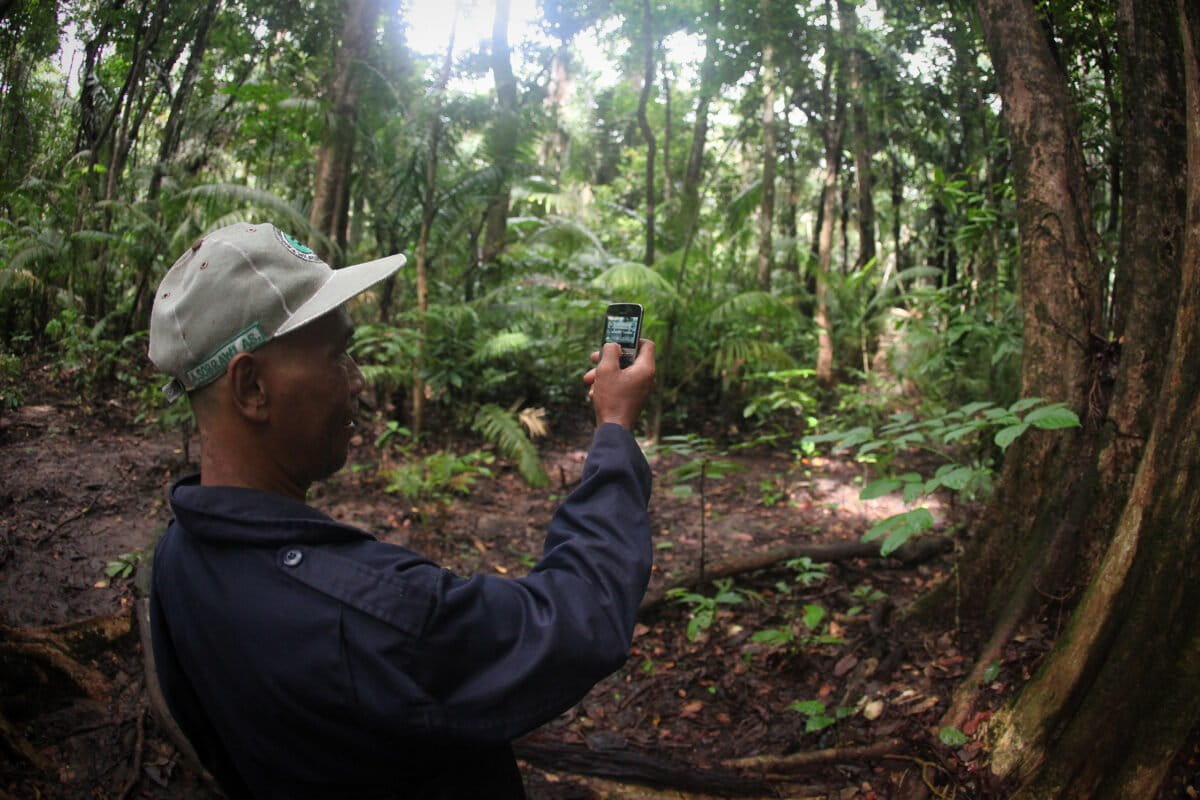
Reset the money; design for who actually pays
The first step is to accept that the era of “Big Aid” underwriting conservation at scale has greatly diminished, at least for now. That need not be fatal, but it changes the program design. Interventions must be built to the cost level a government can realistically sustain, and buy-in has to be real from the start, not an aspiration tacked on at the end. Philanthropy’s role then becomes catalytic: risk-tolerant capital to co-design affordable, government-owned systems; multiyear, flexible grants to protect core teams; pooled funds that lower transaction costs and spread risk.
Even so, there are encouraging signals. Some foundations have raised payout floors and argued explicitly for increased giving during downturns; others are backing locally rooted leaders reforming public systems from within. The principle is straightforward: fund with abundance and flexibility where the need and potential are high; center local leadership; and measure success by durable shifts in how institutions function, not by project novelty.
African conservation offers a case in point. As aid retracts, national and county governments are taking larger roles, with community conservancies and civil society moving from “supported” to “leading.” The opportunity is to scale models that generate tangible livelihood value and public revenue, document outcomes rigorously and use that proof to unlock domestic co-financing. International partners can help structure durable finance — trust funds, swaps, performance-based mechanisms — while resisting the impulse to direct.
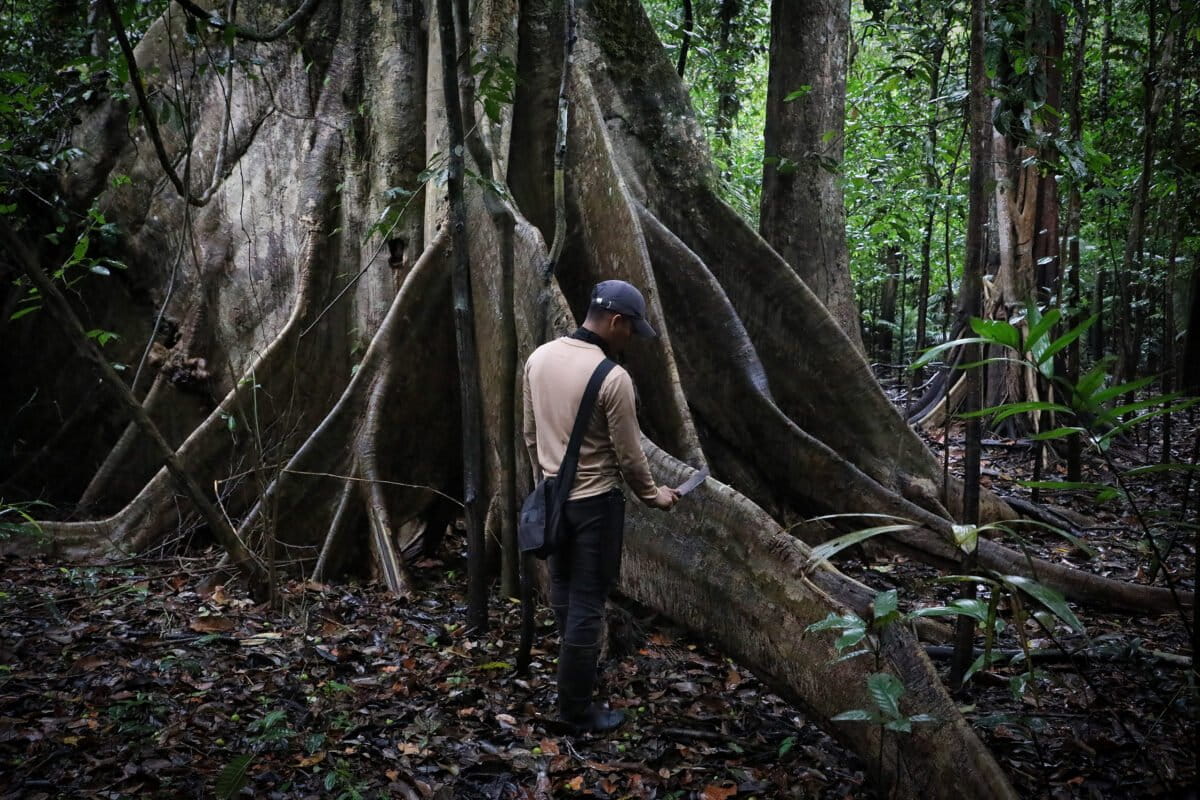
Treat information as infrastructure
Against that backdrop, information does not plant trees or pass laws, but it supplies the oxygen those actions require: credible facts, in time, in public. Done well, journalism shifts agendas, tightens incentives and protects people. We have seen secret deals unwound once their terms met daylight; weak climate claims by subsidy-dependent firms interrogated until public money moved; covert airstrips mapped with machine learning and turned into evidence that prosecutors, legislators, and Indigenous federations could use. Precision, not volume, is the asset.
Pairing crisis reporting with tested responses is not spin; it is a fuller accounting that keeps readers from disengaging and gives practitioners usable models. In an era when AI can mass-produce plausible nonsense, verification, local collaboration and safety planning are non-negotiable. Invest in the back-end infrastructure: open datasets, multilingual syndication, repositories that regulators and compliance teams actually consult. Then track outcomes — tenders canceled, permits revised, budgets reallocated — rather than only clicks.
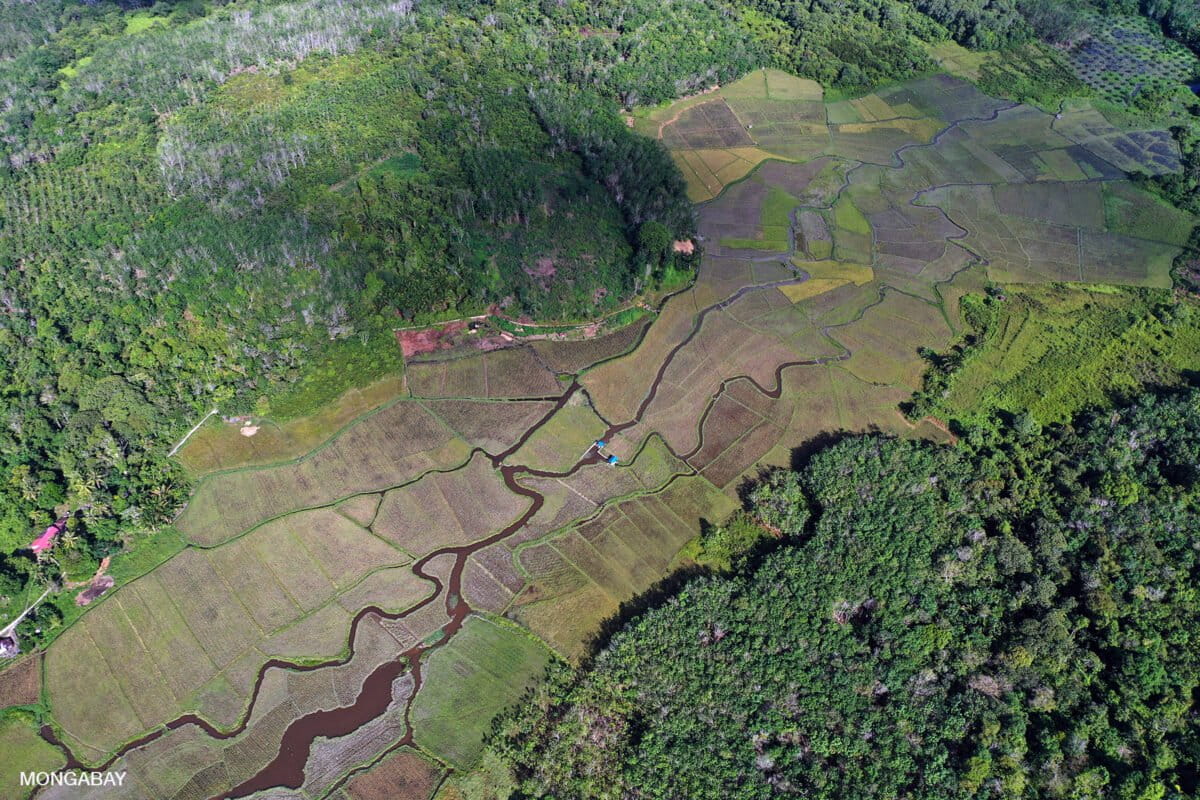
Build wider, stranger coalitions
When national politics polarize, city governments, subnational agencies, Indigenous peoples and pragmatic businesses often remain willing to act. The task is to stitch coalitions beyond our comfort zones and focus on areas where interests overlap: land restoration that boosts water security; circular (waste-reducing) models that save money; rewilding that lowers fire risk. Do not waste effort chasing immovable skeptics; bring the uncommitted middle along with issues they will engage. And push where economics and public health reinforce biodiversity. The same design logic applies across food systems, freshwater and oceans, where subsidy reform and traceability can move faster than new laws.
Legitimacy matters. Conservation that treats communities as co-authors rather than beneficiaries travels farther and lasts longer. Policy environments that return value to local stewards, clarify rights and embed co-management are not luxuries; they are preconditions for durability. Moreover, durability rests on clear land or resource rights, FPIC (free, prior and informed consent) and fair benefit-sharing; without them, coalitions fray and outcomes do not last. Leadership in Africa and elsewhere is already shifting in this direction; the rest of us should back it, share credit, and follow.
Protect the people who do the work
If conservation is to endure a harsher operating environment, it must take mental health seriously. That means well-being plans as a normal part of management; rotating high-stress assignments; training supervisors to recognize distress; celebrating verified contributions so that effort is tied to consequence. Funders can help by underwriting these costs explicitly, and by easing reporting burdens that sap capacity without improving outcomes. Security is broader than wellness: budget for legal defense and legal support against strategic lawsuits meant to silence critics (anti-SLAPP), digital and on-the-ground safety protocols, evacuation and insurance, and rapid-response funds for defenders and journalists.
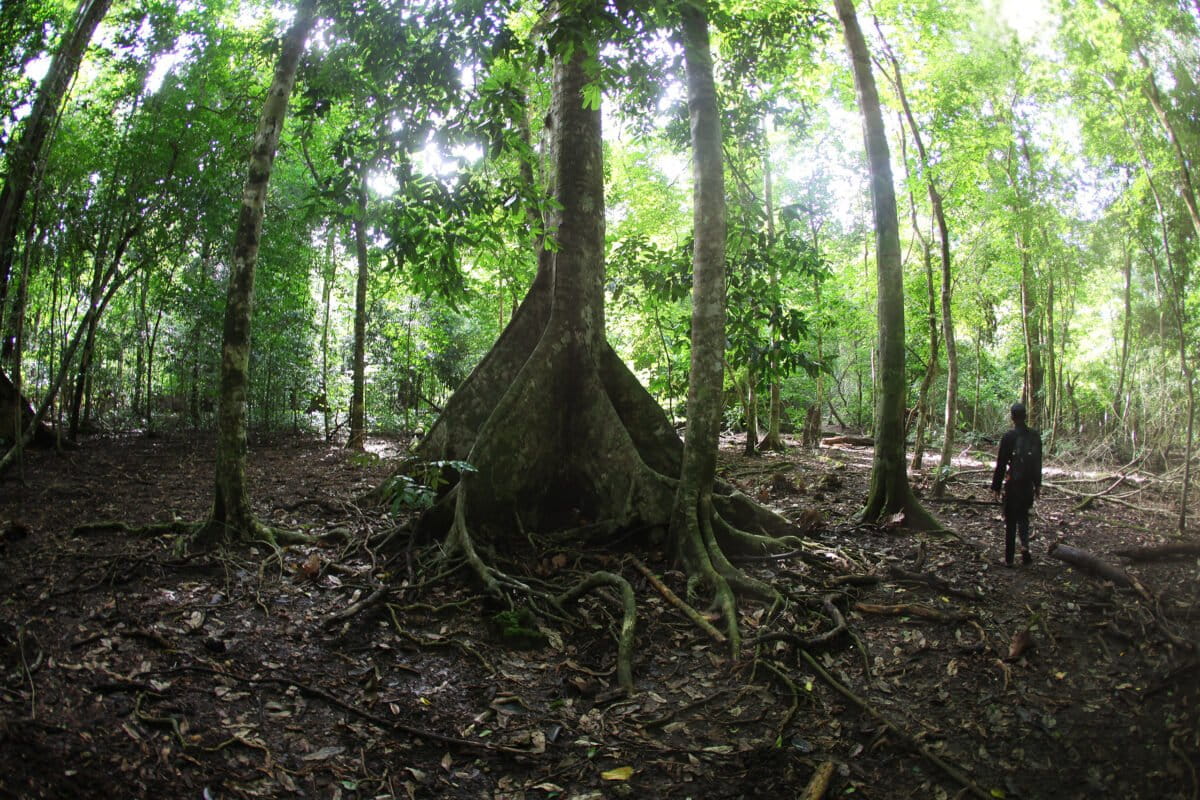
Make optimism a method
Optimism has a reputation problem. In a field defined by grim arithmetic, it can sound like naivete. The version that works is disciplined. It narrows the frame to levers one can pull; sets minimum viable wins that can be verified; and builds habits that link effort to outcome. A no-take zone that yields fuller nets outside its boundary does more than help fish; it restores a community’s sense that rules and cooperation can pay. That kind of optimism is not a mood; it is a method.
Examples help when they show cause and effect. Mountain gorillas did not climb back from the brink by chance but through steady, risky and politically delicate work that aligned rangers, communities and governments over years. The kākāpō’s fragile rebound is less romance than protocol: transmitters and data loggers, genetics, targeted nutrition, and drones, all in service of a species that breeds when forests mast. Both are fragile; both are proofs of concept in a world hungry for them.
Narrative matters because facts need carriers. We should tell smaller stories of success that others can adapt, and we should publish what did not work, with enough context to travel. The point is not to pretend the macro trends are benign; it is to seed positive tipping points that grow from small, transferable designs to system change.

Guardrails against our own wishful thinking
Crisis can make magical thinking attractive. Resist it. Useful optimism insists on evidence and advance failure analysis (pre-mortems); agrees on kill criteria; names trade-offs and losers; and avoids declaring victory because a metric dashboard shows progress. In restoration, planting fast-growing monocultures may win a photo and a short-term carbon tally but lose biodiversity; design for what you claim to value and monitor long enough for nature — and people — to answer back.
The same restraint should govern our embrace of markets and technology. Transparency tools have never been better, but there are dedicated efforts to obfuscate. Natural climate solutions hold vast potential, yet the barriers are mostly human: funding, trust, policy design, equity. Build for those constraints directly, with adaptive management and regional collaboration especially where countries share similar bottlenecks.

What success could look like
A stronger conservation field would feel different from the inside. Funding would be more countercyclical and less transactional, with flexible support tied to clear public value and locally led strategies that governments can sustain. Information flows would be treated as civic infrastructure — verified, multilingual, free to reuse — and optimized for the audiences who can act. Coalitions would be wider and less tidy, stitched around concrete benefits rather than slogans. Organizations would protect their people as deliberately as they protect places. Optimism would show up as checklists, not cheerleading.
None of this guarantees rescue. Heat records will keep falling for some time; budgets will tighten again; defenders will still face risk in too many jurisdictions; disinformation will keep mutating. But a crisis is not the same thing as fate. We can make the space sturdier while we ride it out: design to payers and owners; route truth where it can be used; widen the tent; protect the hands; build the habits that preserve agency.
The work ahead is less about discovering a new doctrine than about executing the one we already know holds up under pressure. Tell the small, true stories that move people from concern to action. Invest in the levers that bend systems. Refuse tidy fatalism. The future will not arrive in a leap; it will accumulate, one verified improvement at a time, until the odds begin to shift again.







